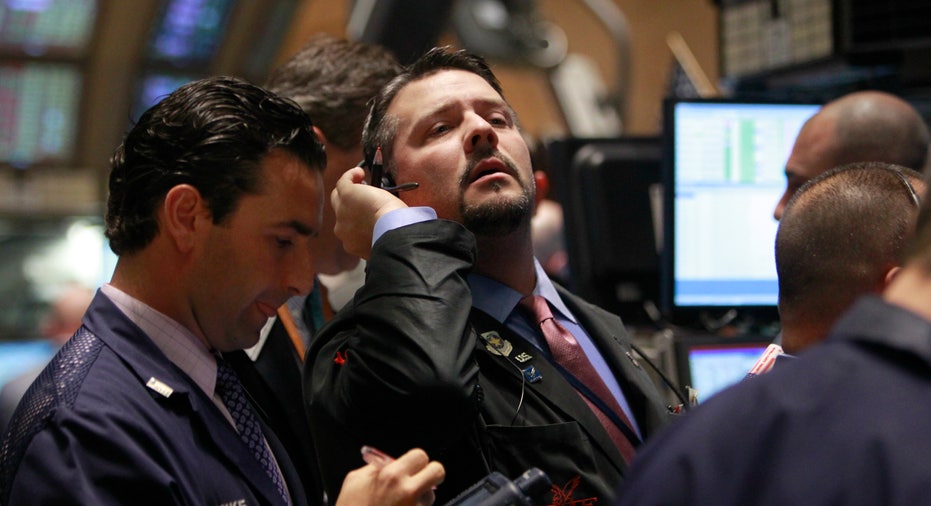Hindenburg Omen: Prophetic Storm Warning or Overhyped Indicator?

Trading floors around Wall Street have been whispering in recent days about a bearish technical indicator named after a legendary 1937 disaster.
Dubbed the Hindenburg Omen, this complex compilation of trading signals is said to have foreshadowed every major market crash since 1987. The technical indicator is back in the spotlight after having been tripped at least twice since late May.
But proponents and skeptics alike note that while the Hindenburg Omen has preceded some of the darkest days on Wall Street -- including the epic crash of 2008 -- it's accurate only about 25% of the time.
“I would characterize it as an important warning. But just like a tornado warning, that doesn’t mean your house has to be destroyed,” said Tom McClellan, a noted market technician and editor of The McClellan Market Report.
The debate about the Hindenburg Omen comes as a serious dose of uncertainty has crept back into the markets in recent weeks, highlighted by jitters about when the Federal Reserve will cut back its $85 billion of monthly bond purchases that have propped up equities.
Before late May, the bearish technical indicator hadn’t reared its ugly head since August 2010 -- or roughly 5,000 points ago on the Dow Jones Industrial Average.
Invented in 1995 by blind mathematician Jim Miekka, the Hindenburg Omen employs a slew of technical market indicators to attempt to predict sharp declines in the markets.
One key condition is that the daily number of New York Stock Exchange-listed 52-week highs and the daily number of 52-week lows must both be greater than 2.2% of total NYSE issues traded that day. The thinking is that elevated levels of new highs and lows can signal the markets are topping and sector leadership is rotating.
However, McClellan notes that Miekka later revised that condition up to 2.8% of advances plus declines to account for the decimalization of stock prices.
Based on the original calculation, the Hindenburg Omen was triggered four times between May 29 and June 4, but that drops to two under the revised calculations, McClellan said.
Buzz about triggering this bearish technical indicator helped weigh on stock prices and market sentiment last week.
“The omen did have a cautionary impact but was hardly the signal to spring a trapdoor,” Art Cashin, director of NYSE floor operations at UBS (NYSE:UBS), wrote in a note to clients last week.
He said the Hindenburg Omen “sounds pretty compelling” at first, but the fact that three out of four times it fails to signal a crash diminishes its impact. “An omen is a caution -- not a cause,” Cashin said.
While the tripping of the omen in August 2010 failed to foreshadow a market meltdown (thanks in part to the Fed’s unveiling of another round of bond buying later that month), it was triggered in October 2007 ahead of the epic crash of 2008.
So far this year the Hindenburg Omen has failed to live up to the hype. Since May 28, the day before the signal was first tripped, the S&P 500 has dipped just 1%.
“Just because the stars aligned for this, I’m not going to tell my clients to go completely cash and tell them to stuff all their money in the savings account,” said Brian Sozzi, CEO of Belus Capital Advisors. “I’m more focused on fundamentals, the data and individual stocks. If you’re going to look for technical indicators, I feel this one might be overhyped.”